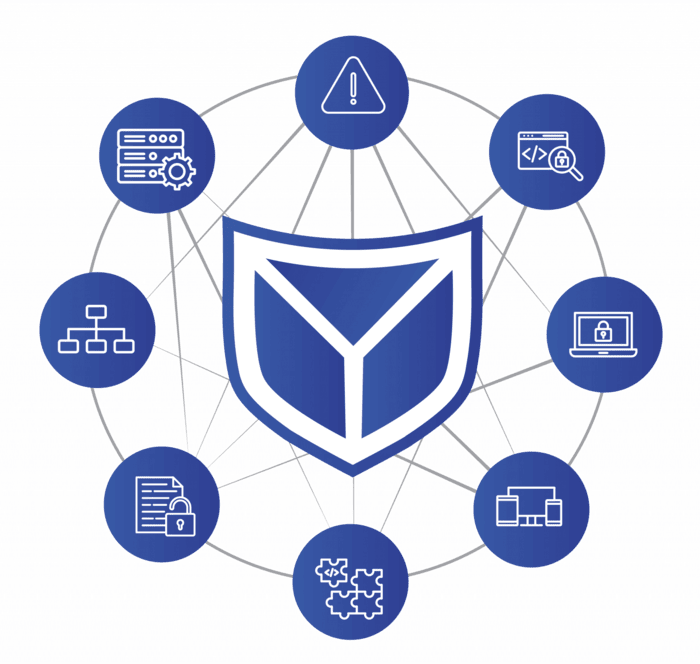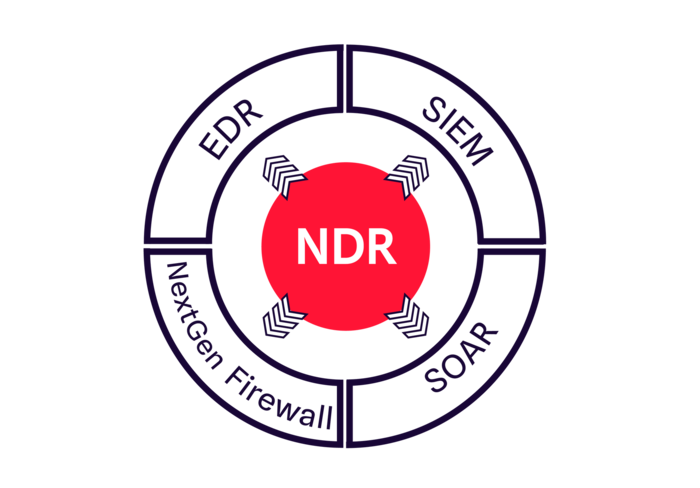In 2025, Network Detection and Response (NDR) is a mission-critical layer in modern security stacks. Today’s NDR solutions offer real-time visibility into on-premises, multi-cloud, and IoT systems. They utilize deep packet inspection, machine learning, and behavioral analytics.
These tools spot threats that bypass firewalls and antivirus software. NDR identifies anomalies early as attackers adopt low-and-slow tactics and use encrypted channels more often. It also automates containment processes.
This article explores the key NDR use cases that will impact security operations in 2025. It also shares tips to help you get the most value.
Core Use Cases Addressing Prevailing Threats
Reputable solutions, such as the Stellar Cyber NDR platform, excel at identifying common attacker techniques across networks. They link disparate events into cohesive incidents and guide a fast response.
Today’s adversaries use ransomware, lateral movement, and insider misuse to meet their goals. NDR detects subtle changes in traffic and user behavior. It turns raw data into clear alerts that security teams can act on.
Ransomware Detection
NDR continuously tracks file access and I/O patterns on servers and endpoints. If a host suddenly reads a lot of data and writes files with unusual file extensions, NDR raises a high-severity alert.
Security operators can see which hosts and directories are affected. This helps them find infected machines. They can stop encryption before backups or primary data stores get locked.
Lateral Movement Detection
Attackers probe east-west traffic to find high-value targets once inside. NDR sets baselines for protocols like SSH, RDP, and SMB.
If a user account accesses many systems at odd hours or uses new source ports, the platform flags it. Operators quarantine the affected segments. They also review authentication logs and trace the attacker’s path to stop further spread.
Insider Threat Identification
In 2025, a large number of breaches are due to insiders misusing credentials. This can happen either intentionally or when someone compromises credentials. NDR correlates network access to sensitive repositories, large data transfers, and privilege escalations.
For example, an account downloading customer records in the middle of the night triggers an immediate alert. This continuous monitoring supports least-privilege policies. It also spots data theft attempts before they can succeed.
IBM’s 2023 Cost of a Data Breach Report shows that lateral movement is key in many cyberattacks. Attackers often go undetected for weeks or months as they move through networks before stealing data.
Use Cases for Expanding Attack Surfaces
The enterprise perimeter has dissolved. Today’s environments include corporate data centers, various public clouds, and industrial IoT setups. Each segment introduces unique blind spots that traditional tools miss. Modern NDR unifies telemetry across all these domains, delivering end-to-end threat visibility.
IoT and OT Security
Industrial controllers, sensors, and smart building devices rarely receive frequent security updates. NDR profiles normal device behavior: command sequences, communication intervals, and firmware update patterns.
It raises alerts for issues like unexpected configuration changes, unexpected port scans, or break-glass overrides. This helps protect critical infrastructure from ransomware and supply chain attacks.
Cloud Environment Monitoring
Within virtual networks, east-west traffic and API calls often bypass perimeter defenses. NDR inspects inter-VM flows and cloud-native protocols to detect compromised workloads and misconfigurations.
When a compute instance tries to connect with unapproved services or security groups, alerts appear right away. This helps strengthen security before attackers can take advantage of any weaknesses.
Supply Chain Attack Detection
Trusted software updates and third-party services can introduce hidden risks. NDR links DNS lookups, TLS certificate issues, and binary hash mismatches. This helps find poisoned libraries and harmful modules. Early warnings prevent tainted code from reaching production pipelines and impacting downstream systems.
Advanced Analytical and Automation Use Cases
Alert fatigue is a real challenge. In 2025, NDR platforms use cloud-scale machine learning and automation. They triage events, add context, and take action automatically, without needing manual help. Higher alert volumes need smarter analytics and playbooks. This will cut down on human effort and boost consistency.
Behavioral Anomaly Detection
Unsupervised learning models analyze weeks of network flow data to find normal patterns. Zero-day malware can cause slight changes.
You may notice sudden connections to rare endpoints or odd mixes of protocols. NDR highlights these irregularities. This helps analysts spot new threats that signature-based tools might miss.
Encrypted Traffic Analysis
NDR detects hidden threats without fully decrypting traffic. It uses flow metadata like packet sizes, timing, and certificate details. Most traffic is encrypted end-to-end, so this method is essential.
For example, an anomalous increase in outbound session lengths can indicate data exfiltration. Unexpected TLS cipher negotiations can signal command-and-control activity.
Incident Response Orchestration
When NDR validates a threat, it triggers workflows across firewalls, endpoint agents, and cloud controls.
Teams can automate tasks such as:
- Blocking malicious IP addresses.
- Isolating compromised hosts.
- Rotating credentials.
Integrating with orchestration tools cuts response time from hours to minutes.
Emerging NDR Use Cases
Zero-trust architectures and AI advancements are changing NDR. It is moving from passive monitoring to active trust enforcement. Now, it also focuses on intelligent classification.
Zero Trust Network Verification
NDR constantly checks user and device trust scores. It looks at policy compliance and behavior signals. If a device accesses new network segments, NDR can trigger a re-authentication challenge.
If a user’s credentials show suspicious patterns, NDR can also prompt re-authentication. It can also enforce micro-segmentation to reduce exposure.
AI-Powered Threat Classification
Large language models (LLMs) are now part of NDR platforms. They help parse complex logs, threat intelligence feeds, and analyst notes. LLM-driven NDR can classify new attack techniques better by understanding context and intent.
It can also automate triage decisions and cut down on false positives. This allows analysts to focus on high-risk incidents.
Best Practices for Implementing NDR Use Cases in 2025
To ensure NDR adoption works in 2025, we need clear goals, smooth integration, and constant tracking. Adopt these practices to maximize your investment:
Integrate with SIEM and XDR
- Forward network alerts into unified dashboards for correlated investigations.
- Sync the endpoint and cloud data into NDR for enrichment.
Train Analysts and Run Simulations
- Conduct regular tabletop exercises that include NDR workflows.
- Refine playbooks for ransomware and insider threat incidents.
Define and Track Key Metrics
- Monitor mean time to detection (MTTD) and mean time to response (MTTR).
- Measure false-positive rates, average investigation times, and rule-tuning effectiveness.
Maintain Current Threat Feeds
Subscribe to reputable intelligence sources and update detection rules promptly.
Share community-sourced IOCs on emerging malware and nation-state threats.
Conclusion
In 2025, Network Detection and Response is indispensable for safeguarding complex, hybrid environments. Today’s NDR platforms can spot ransomware, lateral movement, and insider threats clearly. They also monitor cloud workloads, IoT, and supply chain interactions.
Advanced analytics and automated orchestration speed up containment. Zero-trust verification and AI-powered classification enhance protection even more. Using these NDR solutions now helps your organization stay ahead of changing cyber threats. This ensures a strong defense across all network segments.


